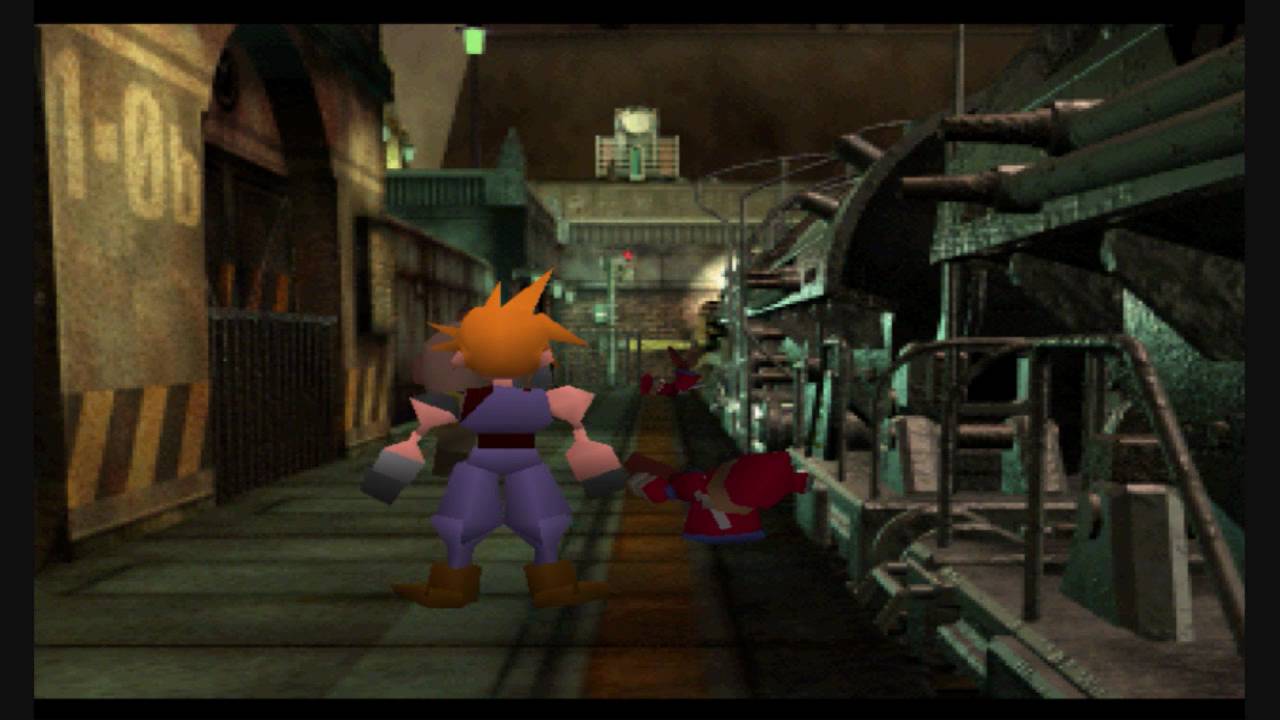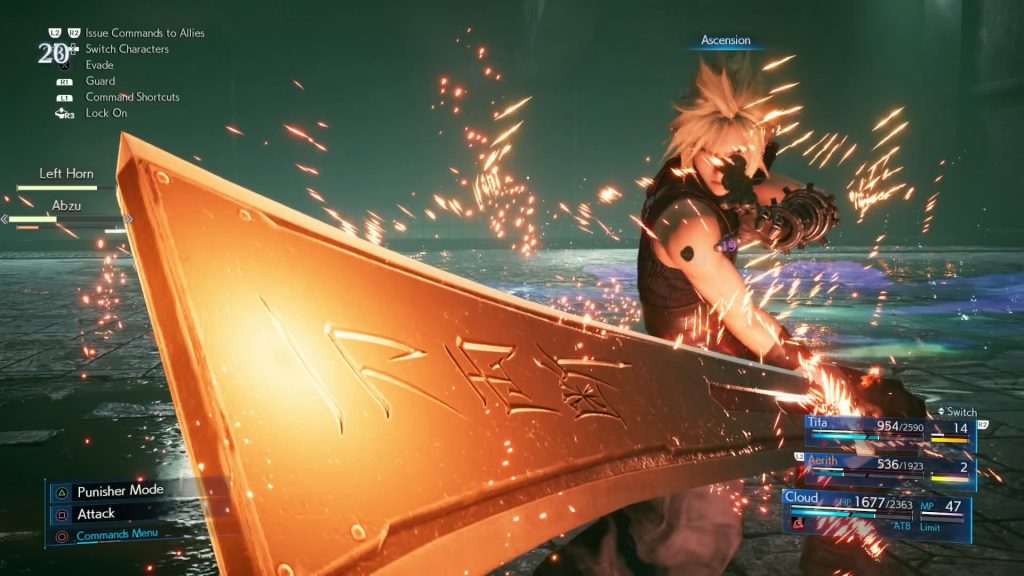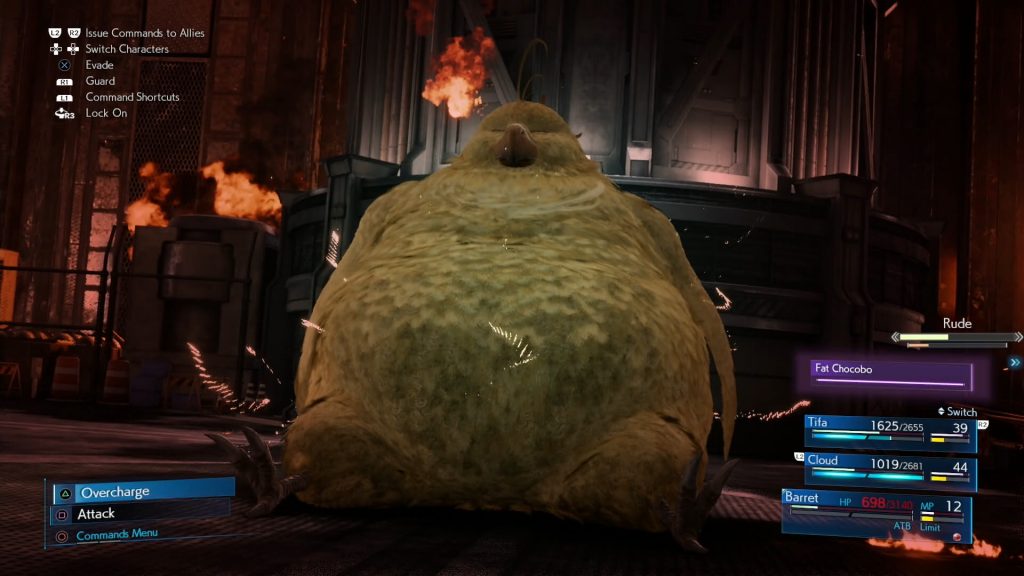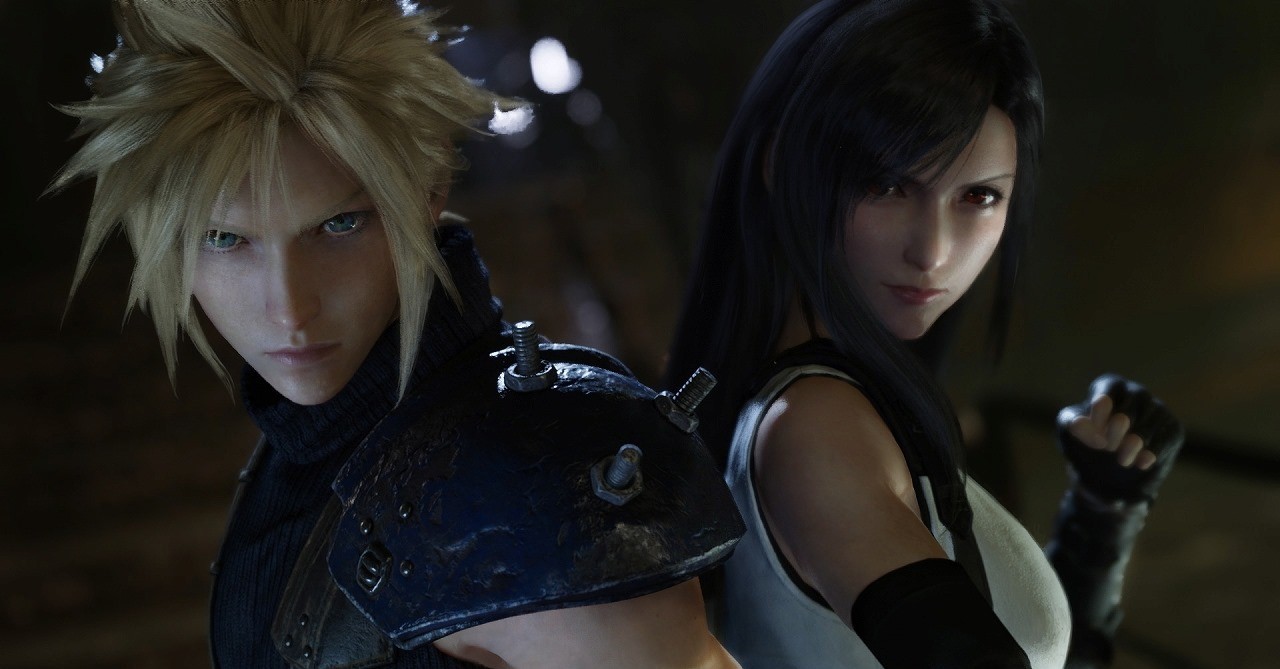WARNING: Minor Spoilers Ahead.
Disclaimer: I played an official copy of Final Fantasy VII Remake that was given to us for the sake of this review.
Final Fantasy VII came out in 1997 and is renowned for its iconic characters, compelling storyline, and cinematic presentation. For years, fans have been emotionally invested in this game and have gone to great lengths to get Square Enix to finally answer their prayers for a remake. So when the the first trailer for the FF7 Remake was dropped in 2015 at E3, it made grown men cry in their seats and people around the world cheer. Final Fantasy VII was what started my own journey in games media, and it even got me the opportunity to write for this very site since 2015. I owe a lot to it, and here we are: The Final Fantasy VII: Remake review.
Prior to playing the remake, I had beaten the original PlayStation game a few times, so I had a good understanding of the major plot points that were expected for the Midgar portion. Since it’s been a while since my last playthrough, it worked to my benefit as it acted as a good mental benchmark for when I progressed throughout the story. I did go into this not expecting much in terms of total accuracy, fully aware that this installment isn’t the full game. I was open-minded to the extended content even if it meant some minor changes to what I was familiar with, so it didn’t quite bother me as much.
The Story
Without going into too much detail for the sake of spoilers, the best way to describe the storyline in layman’s terms is that everything is extended to create for a full game experience. The longevity is solely based on the difficulty level chosen, around 20-40 hours depending on how you play. If you want to focus more on the story, easy mode will make battles quicker so you can get on to the next story beat. If you do normal or classic modes and do every sidequest, you’re looking closer to roughly 40 hours. In the original, Midgar wasn’t that long, making the playthrough in that location about a few hours tops. In the remake, each section is longer and is spread out across 18 chapters, which could take someone about 3 full days of almost nonstop gameplay to complete.
The player is immersed immediately into the industrialized city of Midgar, following Cloud as he discovers it for himself for the first time. The game does a great job making you feel like the sectors have their own communities, each distinctively different from the last. Interactions with NPCs and other characters help you gain more insight through thoughtful dialog about the city and its civilians. Depending on who’s in your party at a given time, they are responsive and will react when they notice. Oftentimes you’ll hear them discussing their opinions or trying to catch the attention of party members as you run by going about your business.
The dialogue in this game is very well done and plays a huge part in the storytelling by developing relationships between characters and giving quick exposition without making everything feel a tutorial. The dialogue feels so natural that it accentuates the personalities of the characters and dives deep into their pasts, intentions, and values. This was especially true for supporting cast members like the other members of AVALANCHE. In the original, they were not very significant to the plot and were just there. In the remake, you learn way more about them and their involvement with the faction. The game does a really good job of making you feel like you’re part of the crew and invest in the characters in a whole new way. For existing fans who know already know what’s going to happen, it’ll make you feel for them A LOT more when things start getting rocky.
Battle System
No Final Fantasy is complete without its unique battle system. Having played Final Fantasy XV, it’s quite apparent that its battle system is quite comparable to the one in FF7 Remake, though with some major differences. Whereas in XV you have less control over your other party members, Final Fantasy VII Remake gives you complete control over a three-person team. It stays true to the original mechanics but also has a modern take on it as well. Each character has two ATB meters for them to use special abilities, magic, or items during their turn. This can be a bit cumbersome when you’re flipping between characters and desperately need a cure spell or a portion.
The battle system, even on easy and normal, is fast-paced and while waiting for the ATB bars to fill you can always hit your enemy with normal attacks or more enhanced ones. When you aren’t controlling a character, it sometimes feels like there’s a bit of a lag when their ATBs aren’t filling up as fast as yours. This might have been done to force the player to not stick to just one character all the time during the battle and to utilize them all at once.
Your experience in battle may vary due to the number of party members on your team and how strong the enemy is. Sometimes an enemy you can defeat with a party of three quite easily without much thought can suddenly be a challenge when you only have Cloud in your party. The absence of characters, especially if their specialty is long-range or otherwise, can really be felt when you are left to your own devices. This will require you to not just hack and slash your way through enemy encounters and instead strategize your attacks to make up for what you’re lacking.
Summons
Summon Materia can be found and made in this game. The way you can make them is by defeating Summons in battle, which is an interesting nod to Final Fantasy VIII. After equipping their materia, you can summon them in a battle where another meter will activate which doubles as a timer. The coolest thing about summons is that unlike other games in the franchise where they are summoned, show up, attack, and leave; they actually act as a fourth character now and fight alongside you. As you flip between characters, granted their ATB gauges are full, you can make all three characters order the summon to do special attacks. To top it off, right when their time’s up, they use their ultimate attack before disappearing, which often finished my enemies off for me. Keep in mind, you can only use summons during certain battles in the game.
Upgrading System
This is where things got interesting. By far, this system is the best we’ve seen in the franchise. Obviously the materia system was great back in the day, and it still is. It’s just as familiar to old fans and will be intuitive to new fans alike.
The added layer to this is…a sphere grid component!
That’s right! The weapon upgrading system has a similar layout as the one in Final Fantasy X, only instead of by individual character, it’s per weapon. You can upgrade your weapons by improving their magical capabilities or enhancing their brute force. Changed your mind about the weapon upgrades? Well, it only costs 100 Gil to reset your weapons to what they were before.
Overall Aesthetics
It’s no secret that this game is beautiful. You can clearly tell just by the trailers that have dropped over the past months, but that is only a fraction of what you’re going to see in Final Fantasy VII Remake. Oftentimes I found myself panning the camera above my head to stare at the plate above the sectors, inspecting it with awe and being reminded of how small I am in comparison. The slums are grimy and look like they were patched together to house people and businesses. Debris litters almost the entirety of the slums, which gave it a really broken down feel. As much as this added to the atmosphere, it often created roadblocks in which you must find ways to navigate around them or find detours. The first few times were fine, but later became a repetitive nuisance causing multiple dead-ends with no extra chests or payoff. This made navigating the minimap a bit of a challenge because only sometimes would it warn you of a blockage, whereas other times you’d only find out when you got there. One other minor complaint is that some textures looked flat and PS2-like, which can draw you out of the experience a bit; thankfully they’re few and far between.
As for character design, the designers decided to change it up a bit for characters like Aerith and Tifa, which is a nice touch to make them appear more modern and fresh. The characters look beautiful, especially during cutscenes where they get to really express themselves. All major characters feel more human and relatable when coupled with their look and dialogue. They’re able to display feelings of happiness and even cry which both look believable.
It’s with the NPCs where this is not as apparent. One thing that bothered me was that there was a clear inconsistency between the quality of major character renders and NPCs. A child could be really excited about something, but their face will look completely blank, which I felt to be kinda creepy. Or a merchant could have a big personality, but be devoid of any facial emotion. I had to learn to get used to it after a while.
Music
A major complaint I had with the original game was the repetition of some of the music, especially during random battles. You’d think the remake would do the same, but battles aren’t randomized anymore. The traditional get into a battle, cue battle music and then the victory fanfare, is not as heavily utilized as it was in the original. The main battle music may SOMETIMES play in a fight and usually, it’s a pleasant surprise. The victory fanfare is sometimes just a tune a character may sing after a fight or just when they’re hanging out.
Most music lightly samples other Final Fantasy VII songs, and when done well can make you feel a particular way. For example, in a recent trailer where Aerith is praying in an alleyway, Sephiroth’s theme starts interlacing into the intro music, not only startling Aerith but adding suspense to the scene as if Sephiroth is there. This is especially interesting when the game is using it as a storytelling element.
Final Verdict — 9/10
Final Fantasy VII Remake is an expanded retelling of the iconic game we fell in love with, with hours more content of just the Midgar portion of the game. This means we are bound to get multiple installments, there will be a lot of ground to cover before we get to fight Sephiroth in the Northern Cave at the very end. Some major plot points that revolutionized the series haven’t even happened yet, and as an existing fan and after playing this game, I can’t even begin to imagine what that will be like.
This game takes you on a roller coaster ride that you think you know already but has enough extended content to keep you guessing and invested. The game really makes you care about support characters by learning more about them and their involvement with the AVALANCHE cause. The characters and environments feel relatable and lived in which makes you feel like part of a community rather than a player trying to progress through a game.
Whereas there is room for improvement, the positives greatly outweigh the negatives and are quite forgivable in the grand scheme of things. The only major downside right now is having to wait a few more years to continue this great story and get onto the next chapter of the Final Fantasy VII Remake. We have waited 20 years for Square Enix to deliver, and they definitely did not disappoint. Just remember, go in with an open mind and the new content will be just as enjoyable as playing the game for the first time all over again.









